For World Environment Day 2021, we look at cars that made a difference not just in how the automobile can make a positive change but also those that changed how we perceive things.
Audi SQ7 TDI
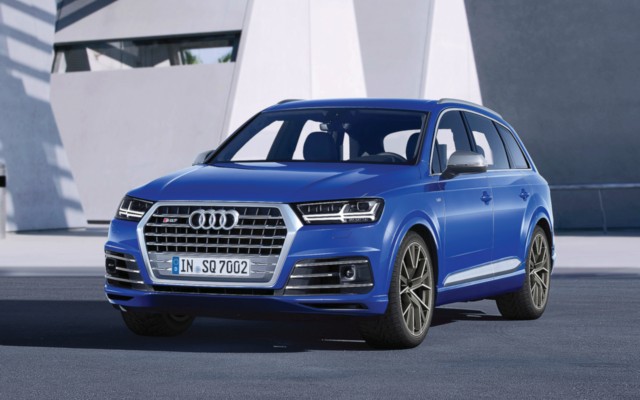
Audi’s first tri-compressor behemoth was one of the most outstanding takes on the automobile. A giant 4.0-litre V8 diesel engine, with two turbochargers joined by an electric compressor powered by a 48-volt electrical system, made 435 hp and a — still unbelievable — 900 Nm of peak torque available from just 1,000 rpm. With an eight-speed automatic and quattro all-wheel drive, there was no gear and no speed that even the tiniest flex of the toe would not cause a deluge of torque to fill up all senses.
BMW 745Le xDrive
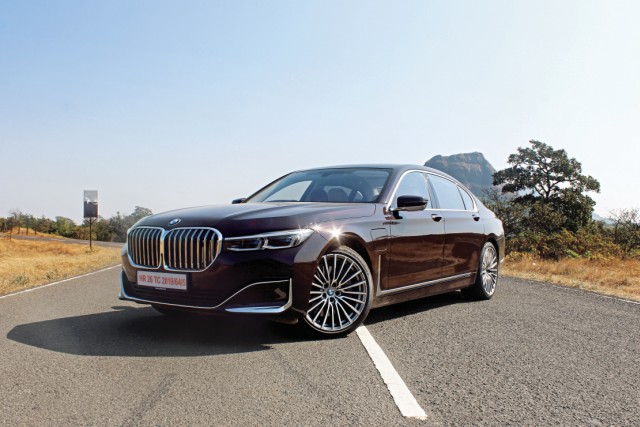
The 7 Series is no small car and the new generation model, though drawing polarized views on the design, makes a strong case for itself. When we drove the 745Le xDrive, we came away in awe. Combining a 3.0-litre in-line six turbo-petrol and an 83-kW electric motor, the combined output of 394 hp and 600 Nm made for effortless acceleration and minimal fuel consumption. We achieved a real-world figure of 34.5 km/l in our test in Pune. With all the creature comforts and equipment on offer, there’s no disputing the fact that the plug-in hybrid is a game-changer.
BMW i8
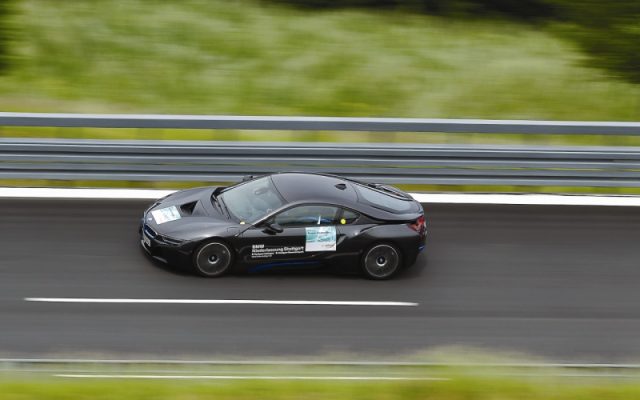
A plug-in hybrid sports car that looks like it’s still a concept if not something that travelled back in time, the i8 Coupé was a stunning example of how a three-cylinder petrol engine paired to an electric motor can be immense fun and feel just as lively as a six- or even eight-cylinder sports car. With 231-hp from the three-pot turbo-petrol and the 96-kW e-motor good for 131 hp and 250 Nm, the i8 was good for 362 hp and 570 Nm (It was later upgraded to 374 hp thanks to a 105-kW motor good for 143 hp and 250 Nm). Performance. Efficiency. Excitement. And stunning looks. Definitely a landmark moment for the Munich marque.
Read our track experience here
Lexus LS 500h
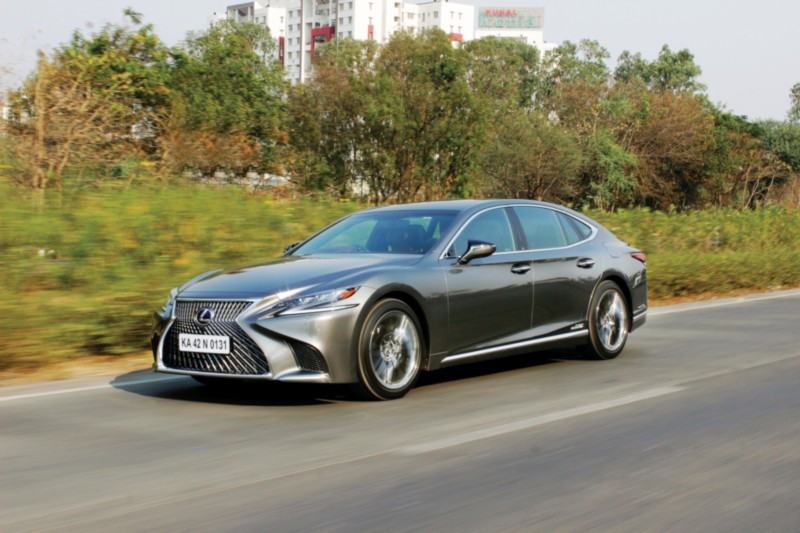
Luxury cars may not always be German and no one points that out as sharply as Lexus do. Their LS 500h will put nay-sayers to rest, even turn their opinion around. The luxo-barge may look heavy and potentially inefficient, but it’s absolutely far from it. Modern design, beautiful craftwork and exquisite details make for one exceptional automobile that does its best to cut down on fuel consumption. A V6 petrol-electric driveline and a combination of gearbox and CVT make for a smooth and unique 10-speed experience.
Mercedes-Benz GLE 350 de 4MATIC EQ Power
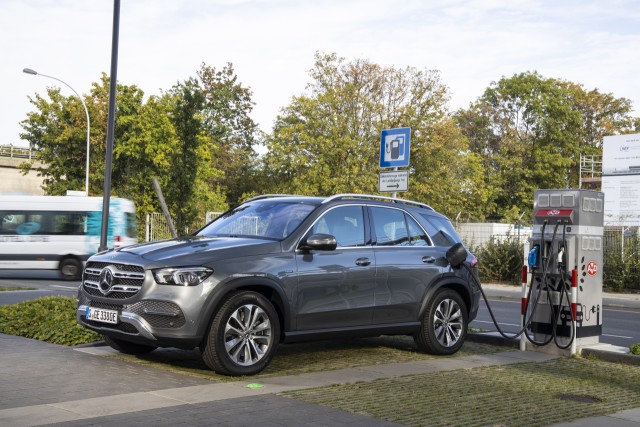
Big cars need not be inefficient. While the Volvo V60 D6 PHEV was the first diesel plug-in hybrid we actually got to drive, achieving a consistent 50-ish km/l back in 2015, there was more to come. Along came the GLE 350 de. Don’t miss the lowercase e at the end. The diesel PHEV combines the new OM654 2.0-litre in-line four turbo-diesel engine with a potent 100-kW e-motor integrated in the hybrid 9G-Tronic transmission for a combined 320 hp and 700 Nm of torque. But, and this is the crucial bit, it’s rated at 90.9 km/l — beat that in the real world, 100-cc commuter bikes!
Read more about the GLE 350 de
Tesla Model S
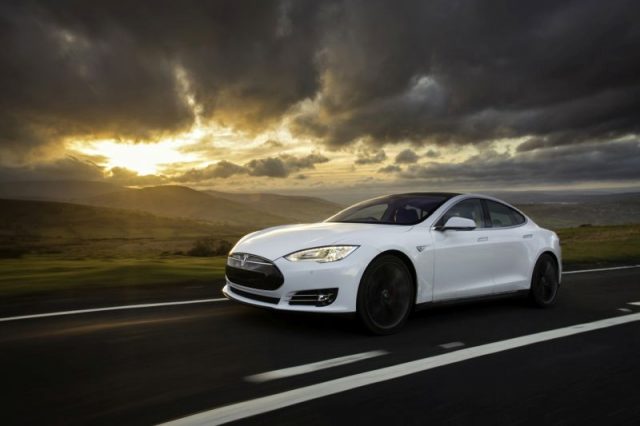
Green energy and cars don’t always go together but the Tesla Model S created enough of a stir to be taken very seriously. We drove the Model S P85 back in June 2015 and came away impressed by its neck-snappingly instant torque from the outset. While the interior was not the talking point, save for the giant tablet-laden centre console, we knew it was only the beginning.
Toyota Mirai
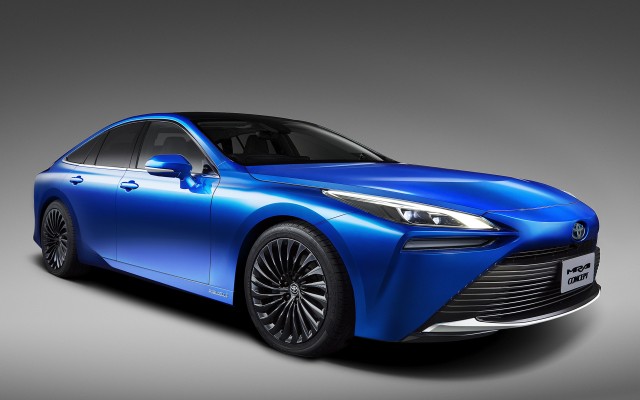
A hydrogen-powered car will always be news. Especially when it’s been around for years. Toyota have been at the forefront of green car development. The second-generation Mirai raised even more eyebrows and standards and showed that a clean energy revolution is imminent. Water vapour emissions and a long range thanks to improved technology are only the tip of the iceberg it will inevitably save.
Read more about the Toyota Mirai
Volvo XC90 T8 TwinEngine AWD
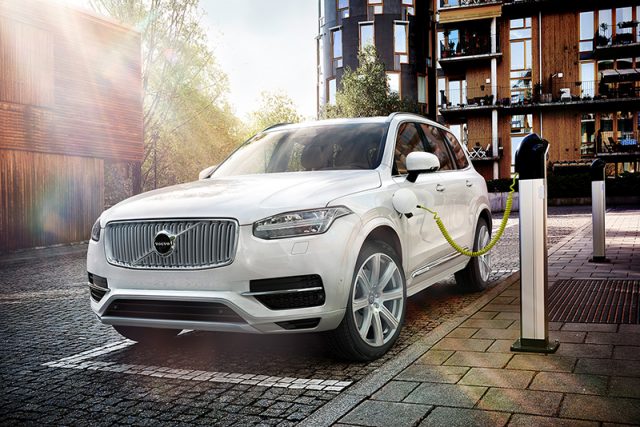
A 2.4-tonne seven-seat SUV should not be showing 49 km/l consistently. Yet, there on the open Spanish highway at triple-digit speeds, no less, there we were. A 2.0-litre, four-cylinder turbo-petrol engine up front with 320 hp and 400 Nm, and a 65-kW e-motor on the rear axle with 88 hp and 240 Nm for a combined peak of 408 hp and 640 Nm. No, we weren’t always in “Power” — the most potent of three modes — but “Hybrid” where the e-motor does the work and the combustion engine plays generator. Yes, 50 km/l. And this was more than six years ago.
Volvo XC90 T8 TwinEngine AWD Review


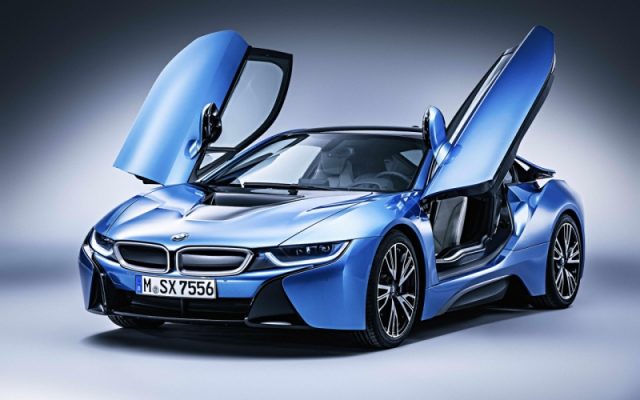



















Leave a Reply